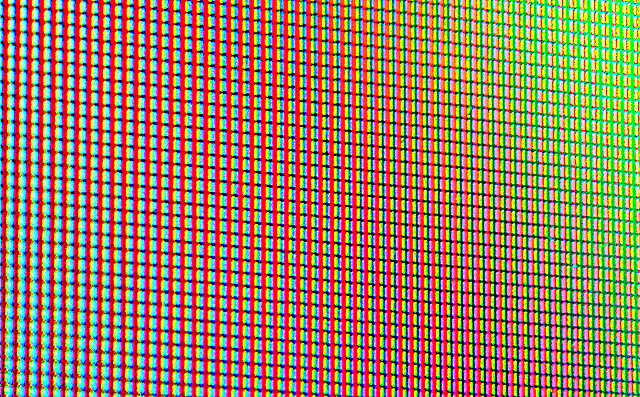Take a trip with me, my friends, back to 2012. This blog was a fairly new place, and the world of TV was quite a bit different. 4K was still really years away, and streaming HD was pretty much impossible. Back then when we talked about picture quality, we talked about Blu-ray Discs. Remember those?
Two old articles might need to be retired.
I wrote a pair of articles in 2012, “Why is 1080p/120 so Important?” and “What is Clear Motion Rate (or TrueMotion)?” which argued the importance of refresh rate. Refresh rate is a measure of how many times the image on the screen can change. For the entirety of television history until about 2010, the only choice in the US was 60Hz, or 60 frames per second (I’m rounding up but that’s not the point.) All of a sudden in the 2010s you had a choice.
See, for arcane reasons which have nothing to do with anyone who’s still alive, television programs are created in either 30 frames per second or 60 frames per second and movies are created in 24 frames per second. Playing them back properly, without messy artifacts, requires a TV that can refresh a minimum of 120 times per second. Why 120? Because you can divide 30, 60, and 24 evenly into 120 without fractions. If you had fractions, then there would be some blurriness to the picture.
This was important with Blu-ray players which were the first devices to truly be able of showing a 24fps movie at home. Before that, a system called “pulldown” was used to translate a 24fps movie to 30fps. This meant that about 16% of the images were blurry pastiches of two different frames.
However, none of that might matter and here’s why.
Blu-ray disc is pretty much dead.
When was the last time you hauled out your physical media, even if you have any? Chances are you’ve translated it all to digital. Some of those digital copies are 24fps and some aren’t.
There aren’t many streaming boxes that can do 24fps anyway.
The AppleTV 4K and high-end Rokus can output a signal at 24 frames per second if you configure them to. However, out of the box they don’t do that. So no matter what streaming box you have, chances are you haven’t been using 24fps anyway. Are you noticing any residual blurriness? Probably not and that’s because of…
Reverse pulldown filters are a thing.
Today’s “clear motion” or “true motion” equipped TVs have what are called “reverse pulldown filters.” These filters actually find the blurry frames and replace them with sharp ones in a way that makes sense. Depending on the technology, this can give a stunningly realistic look to movies, or make them look like they were shot on video instead of film.
Unless you’ve disabled it, your TV probably uses one of these filters when you watch TV. Some people don’t like the effect, saying it looks like a “soap opera” but most folks don’t give it much mind.
I should also mention that there are going to be some movies that are so CGI-heavy that they’re shot with very high frame rates and then rendered in 24 frames per second for the theatrical release. They are then re-rendered in 30 or 60 frames per second for the streaming release. Either way they’re going to look good.
Should you still care about refresh rate?
I think that if you want the best quality picture you should still be aiming for a refresh rate of 120Hz, which generally means a True Motion or Clear Motion rate of 240. (See, they try to trick you with the numbers.) With that you’ll get the best picture quality no matter what. However, there are really very few people who are as picky about that as they used to be, and it’s because the quality of digital video is just so darn good no matter what.
So, even though I think you should consider the refresh rate, I would say it’s probably not the most important thing anymore, and it hasn’t been for some time. I’ll leave those articles up for now, but let’s say they don’t carry the weight they once did.





